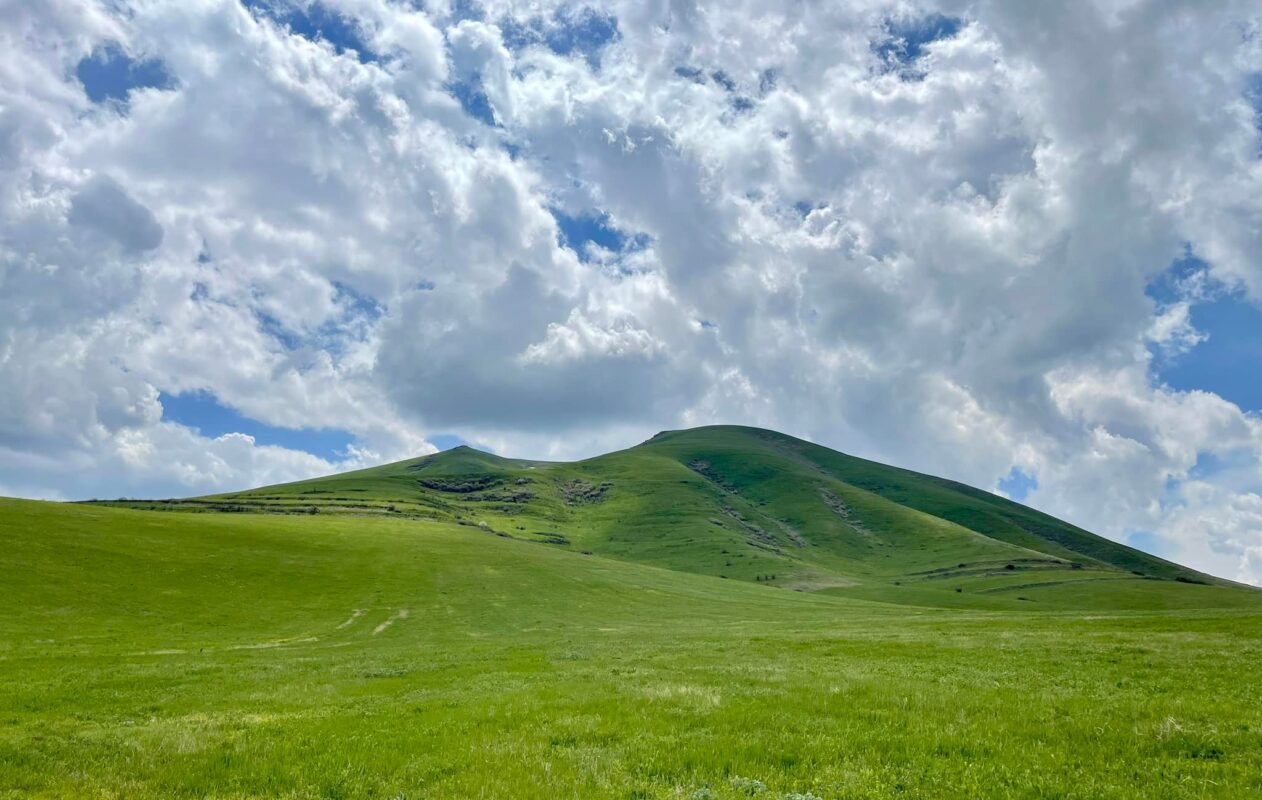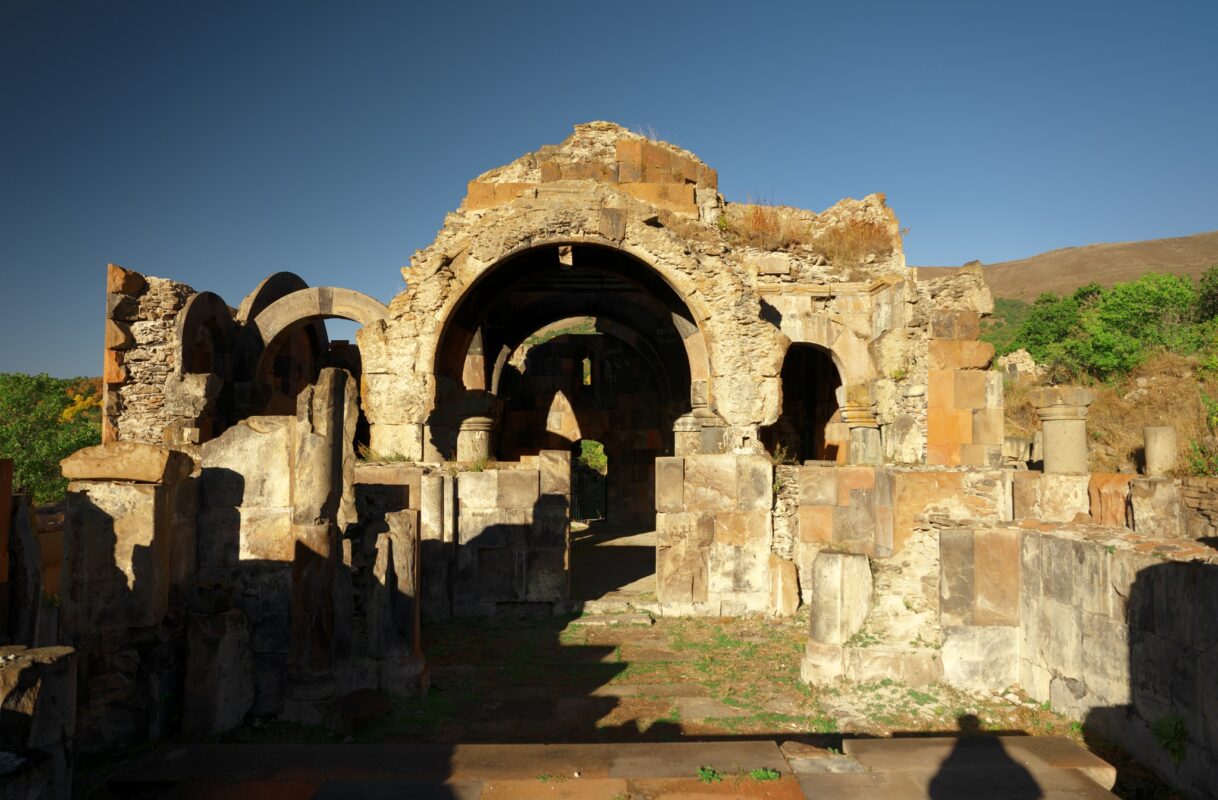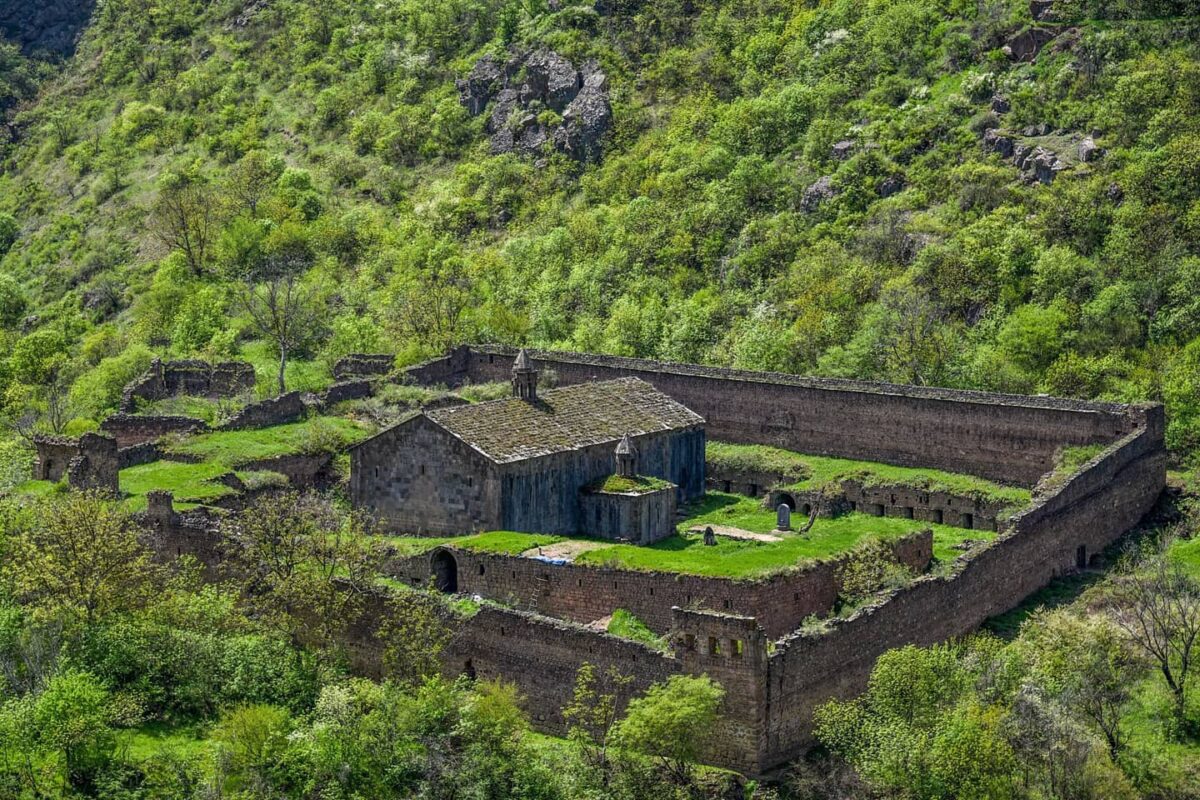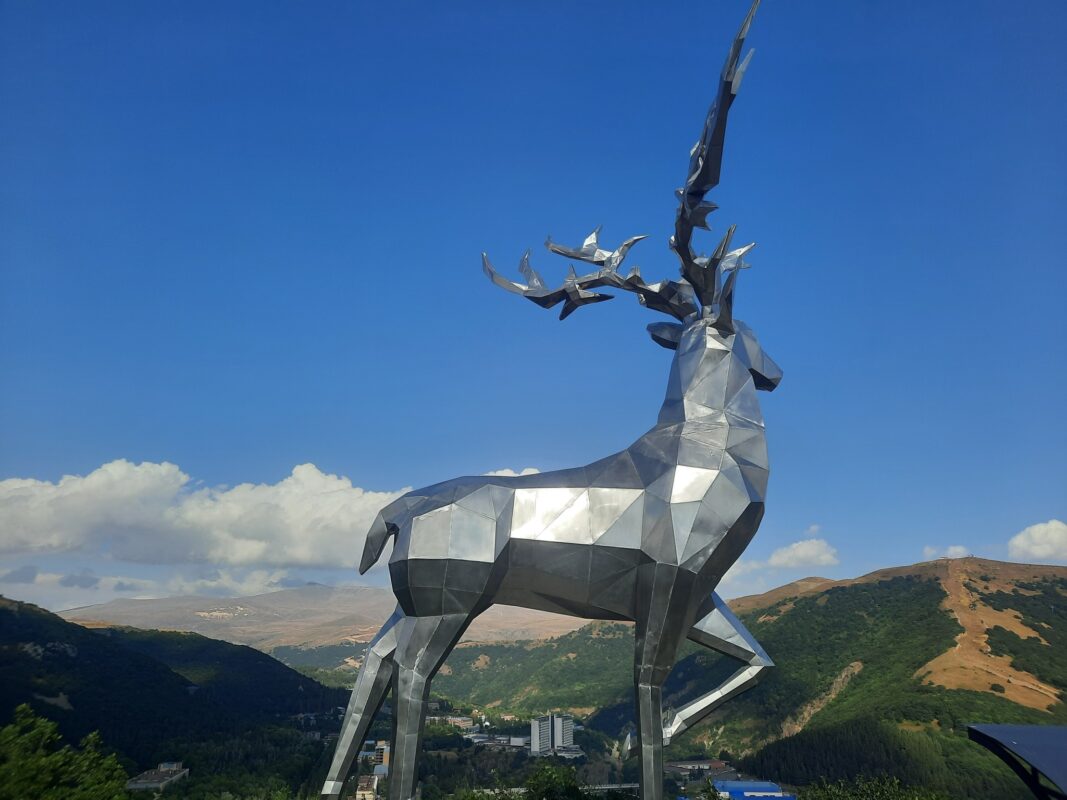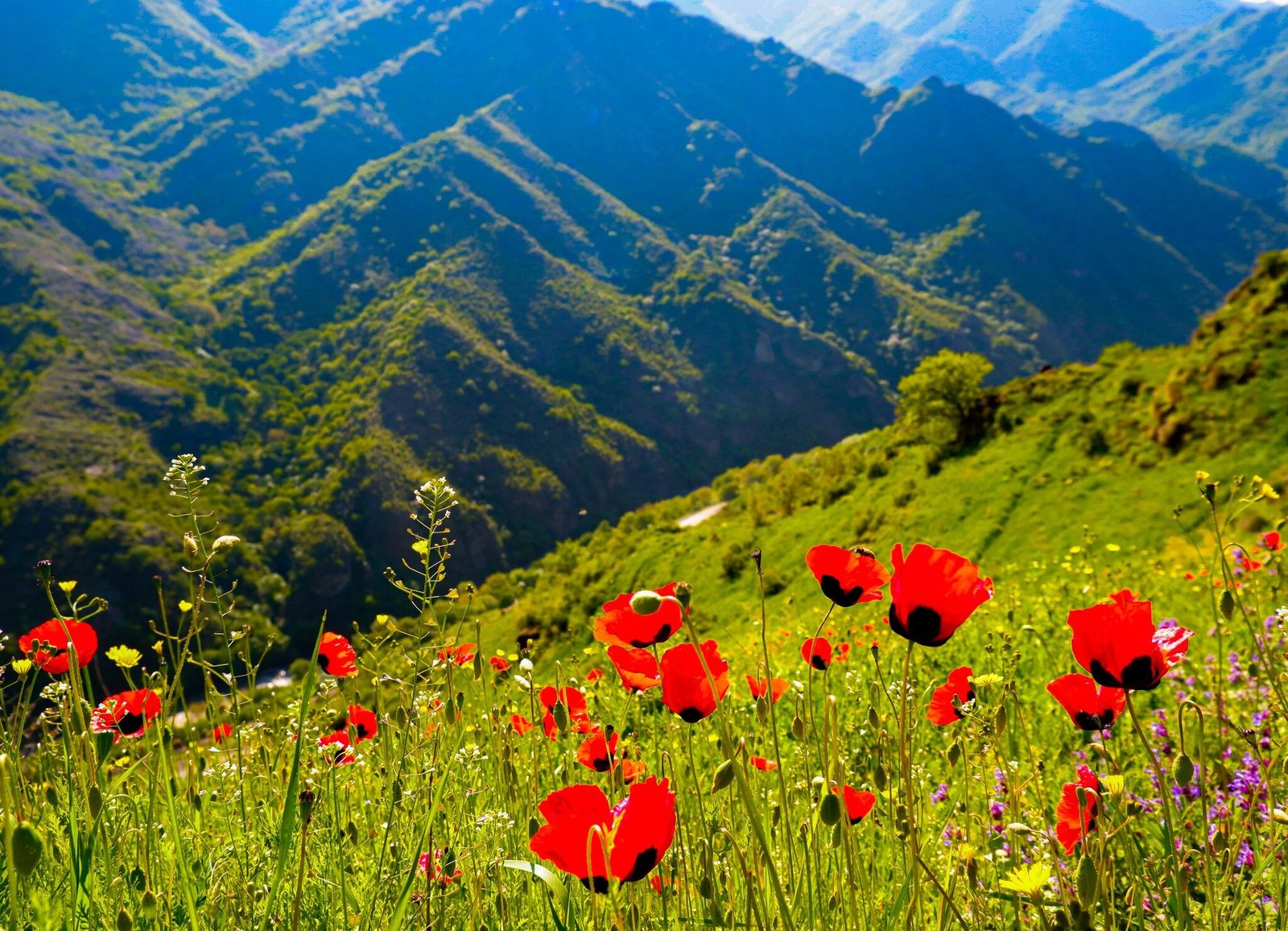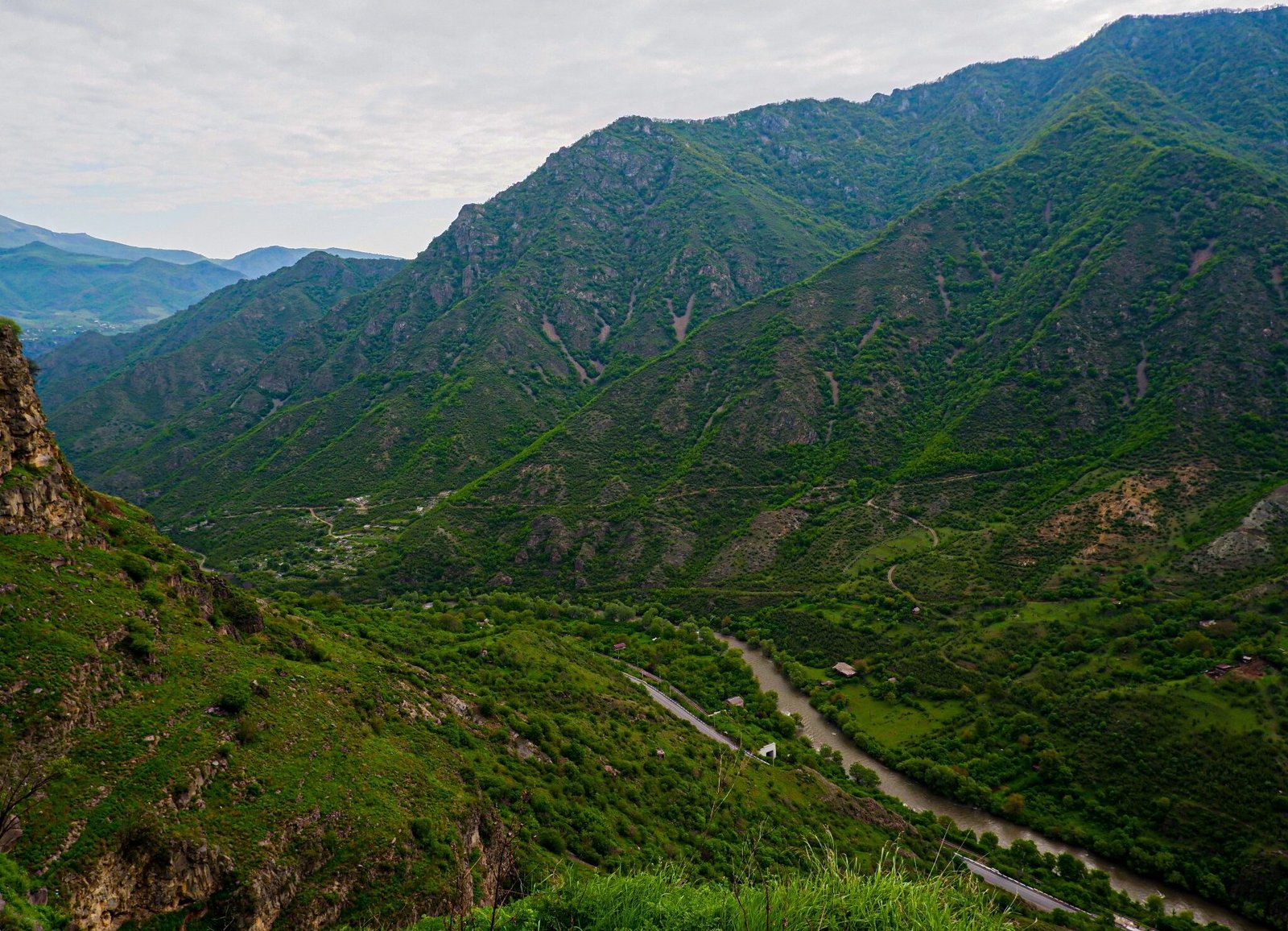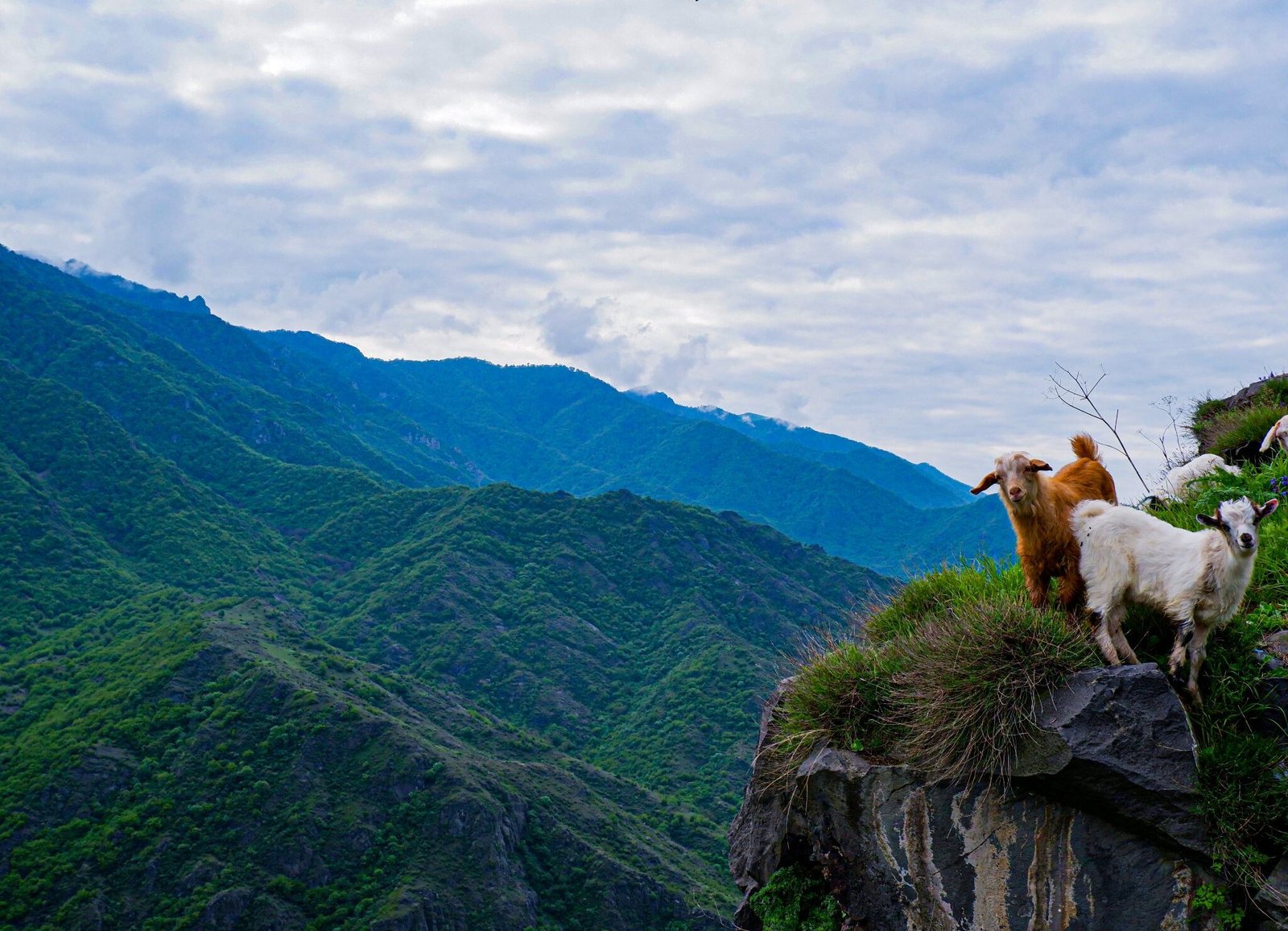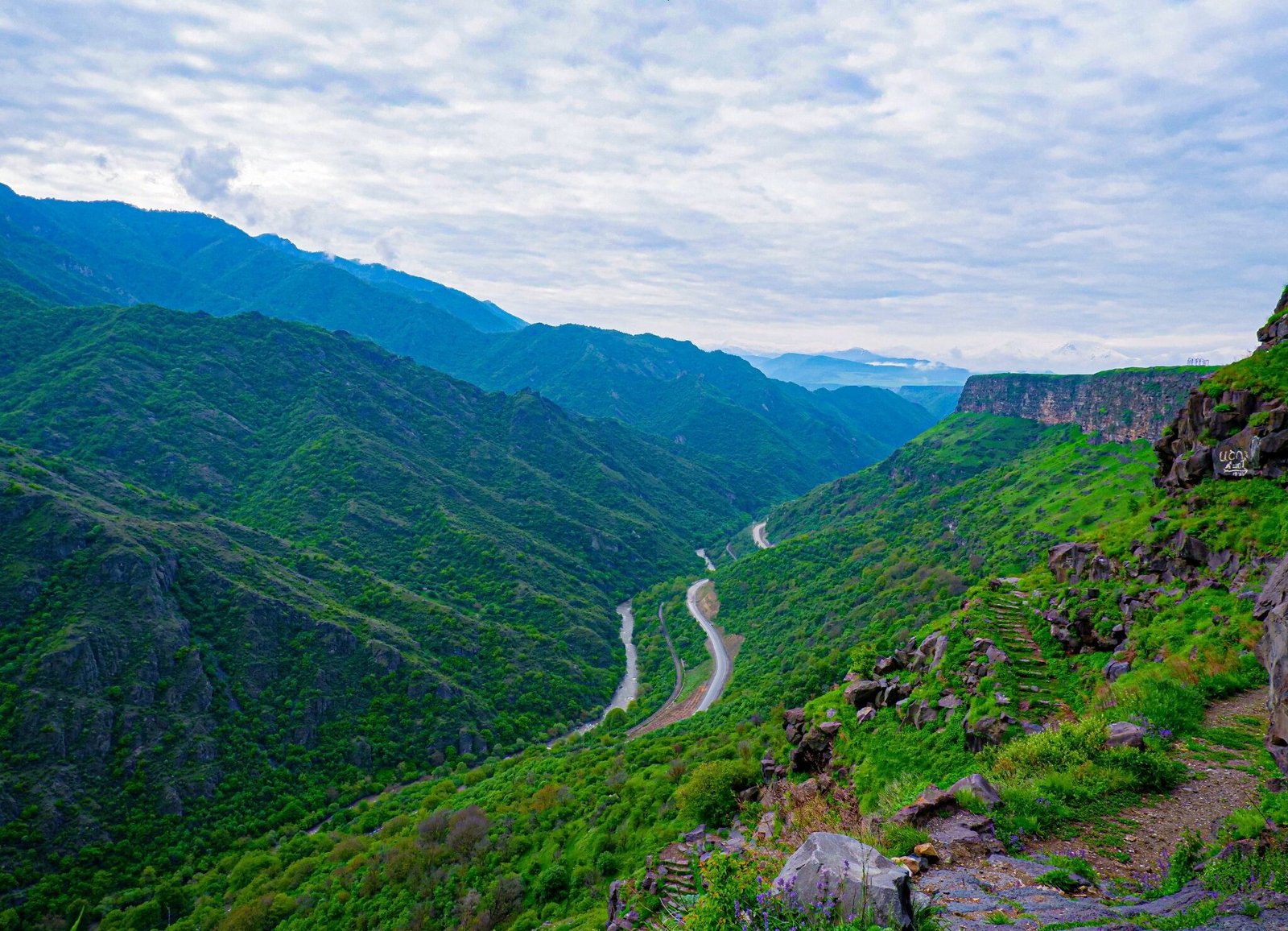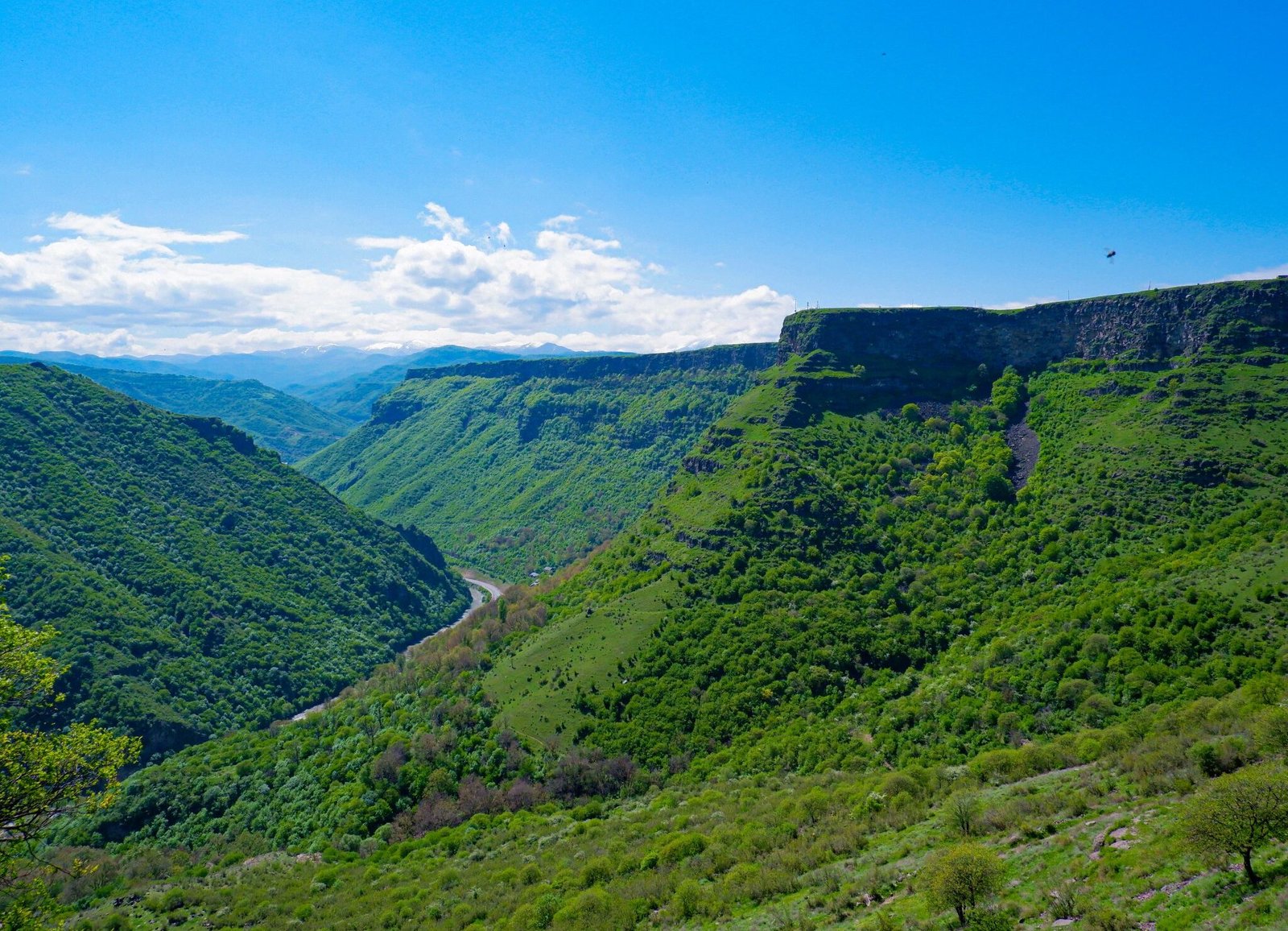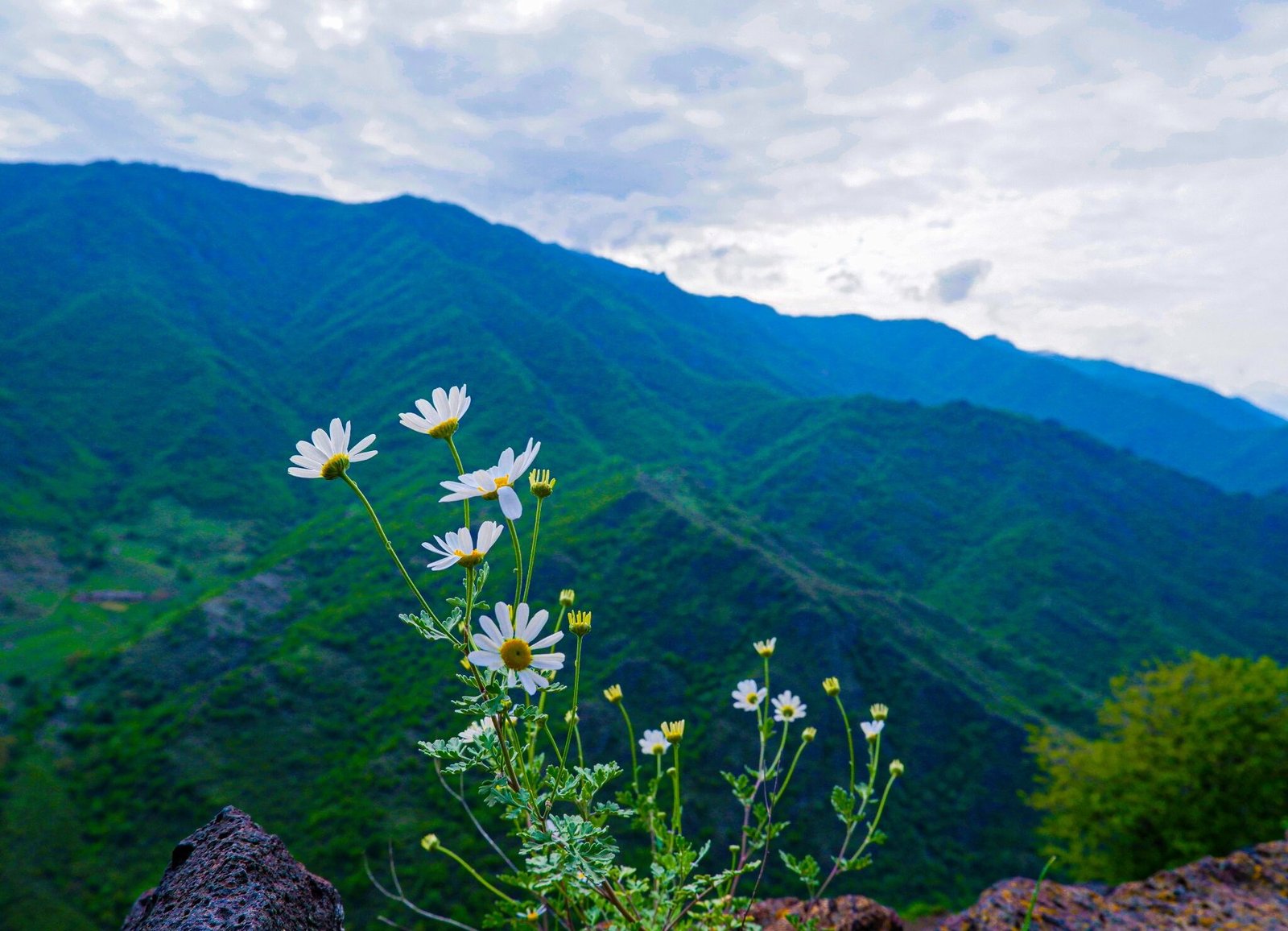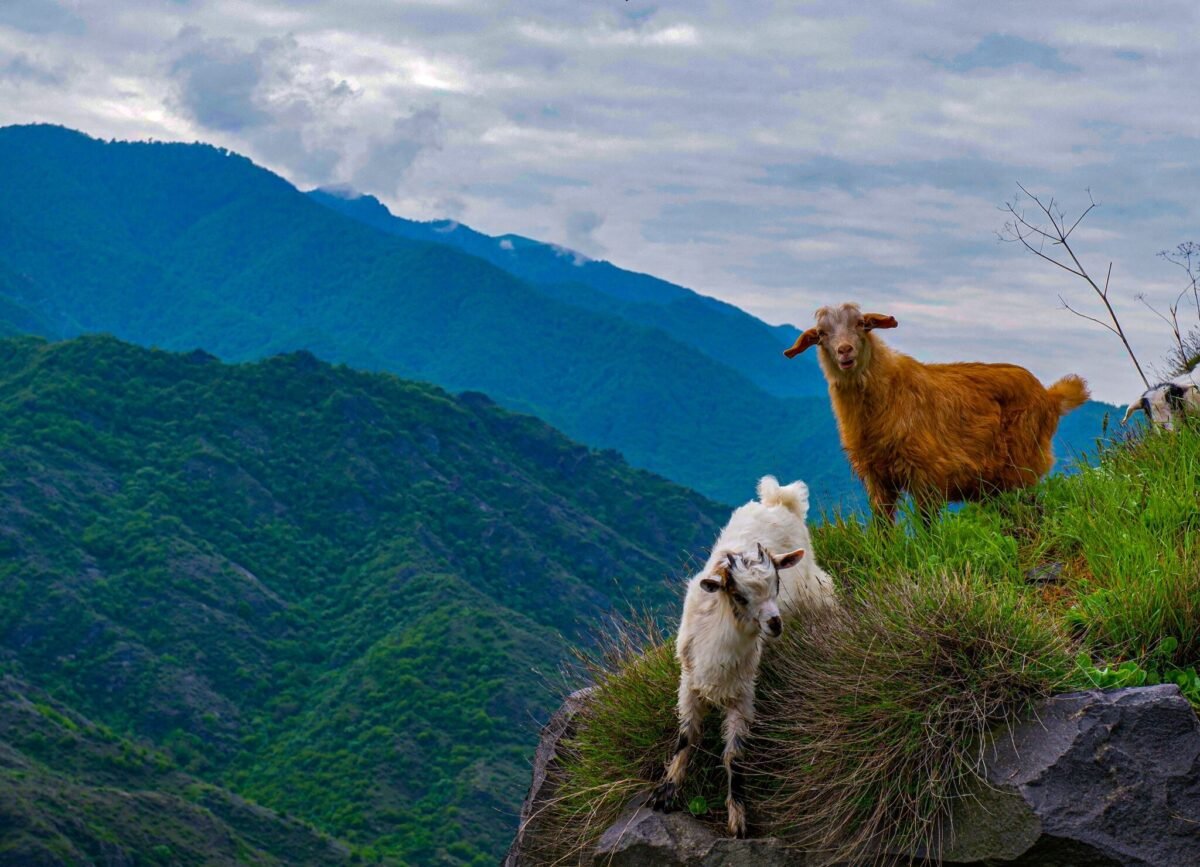Latest Listings
Related Listings
Close To You
Debed Canyon
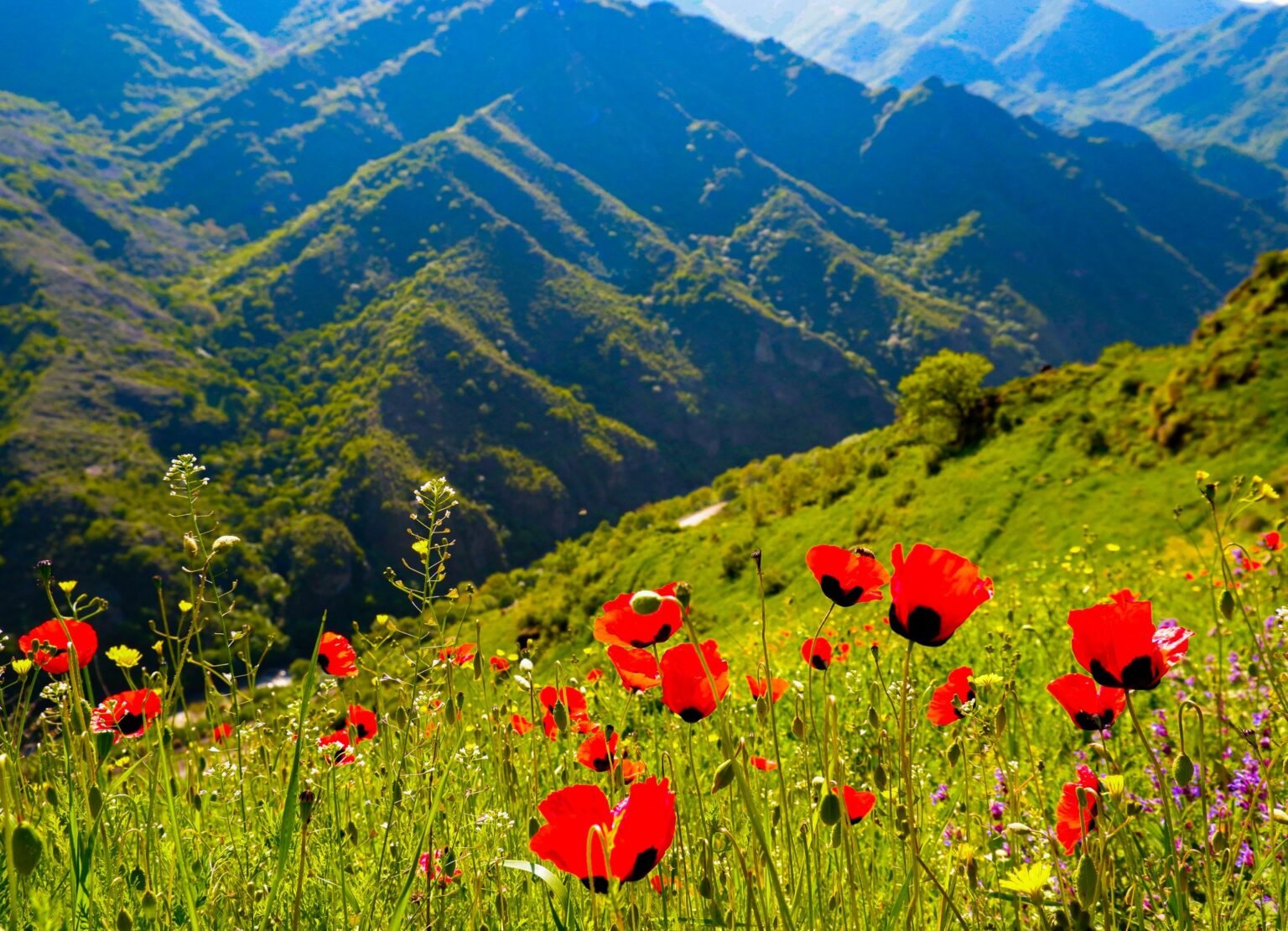
Canyon
375 m
Natural
Easy
INFORMATION FOR VISITORS
📍 Location - Lori Province, stretching from the city of Vanadzor to the Armenian-Georgian border along the Debed River
🌐 Coordinates - approximately 41.00° N, 44.65° E
🌿 Best time to visit - From spring until late autumn, when the gorge’s forests and orchards are especially beautiful and the roads are convenient․
🛤️ How to get there - The Yerevan-Tbilisi international highway and railway pass through the gorge, making it easy to reach Alaverdi, Tumanyan, and other settlements, as well as to visit the Haghpat, Sanahin, and Akhtala monasteries
OVERVIEW
Debed Gorge is a vast natural canyon in northern Armenia, located in Lori Province. It stretches from the city of Vanadzor along the Debed River’s course up to the Armenian-Georgian border. The slopes of the gorge are covered with forests, shrubs, and orchards, and the area is rich in wild trees and berries. Within the gorge lie the towns of Alaverdi, Tumanyan, Akhtala, Haghpat, and several other settlements. The Yerevan-Tbilisi highway and railway also run through the gorge.
DESCRIPTION
Debed Gorge is 178 km long. Its deepest sections are near the town of Tumanyan, reaching up to 350 m, while its width is 600-700 m in the upper part and only 20-40 m in the lower part. The lowest point in the Republic of Armenia, at 375 m above sea level, is located in the gorge.
The gorge has a unique two-level structure. The upper level is the ancient valley of the Debed River, and the lower level is the modern gorge, formed after lava flows erupted from the Khnov mountains. These lava flows once created small lakes, and later the areas were covered with fertile soils, becoming suitable for agriculture. Today the slopes of the gorge are covered with forests, orchards, and plains where both wild trees and cultivated fruits such as peaches, quinces, figs, and walnuts grow. The gorge is not only a natural wonder but also a cultural treasure. On its slopes and nearby plateaus lie numerous settlements and historical monuments, including the towns of Alaverdi, Neghots, Karkop, Odzun, Akner, Haghpat, Mets Ayrum, and others. UNESCO World Heritage Sites Haghpat and Sanahin Monasteries are located here, as well as Akhtala and Kobayr Monasteries and the 13th-century Sanahin bridge. These monuments make Debed Gorge an exceptional tourist destination.
HISTORY
The formation of Debed Gorge began millions of years ago, during the Pliocene period. At that time, the Paleo-Debed River flowed through a wide valley that was later filled with basaltic lava of the Upper Pliocene and Lower Quaternary. The modern Debed River, through its erosive force, cut through those thick lava layers, creating the present-day deep and narrow gorge. The plains formed on the lava fields were later covered with fertile soil and became suitable for agriculture. The volcanic plateaus of Odzun, Akori, Sanahin, Haghpat, and Shnogh stretch along the gorge’s slopes and are of Upper Pliocene origin, enriching the region’s geological landscape. In the canyon’s cliffs, wind erosion created large cavities which, in historical times, were used by inhabitants as shelters and places to hide manuscripts and other valuables. In modern times, the gorge’s landscape has been significantly affected by human activity. Gas emissions from the Alaverdi copper smelter damaged the vegetation of the left bank of the Debed River, turning many slopes into barren areas. Despite this, Debed Gorge remains one of Armenia’s most picturesque natural landscapes.
FLORA AND FAUNA
Debed Gorge stands out for its rich plant diversity. Three main vegetation zones can be distinguished here: steppe, sparse woodland, and riverside forests. The steppe vegetation is found mainly on the plateaus of Akner, Haghpat, Mets and Pokr Ayrum, and Chochkan, where natural cover has been partially lost due to long-term cultivation. The sparse woodlands, characteristic of the slopes below Haghpat, include both deciduous forest species and drought-resistant plants. Among them are Georgian oak, Georgian maple, eastern hornbeam, as well as wild pear, hawthorn, almond, and pistachio. Junipers and other xerophytic trees also shape the landscape. Along the Debed River grow riparian forests with willows, tamarisks, clematis, sea buckthorn, oleaster, and a variety of herbs. The area is also rich in edible and medicinal plants: wild fruit trees such as cornelian cherry, apple, walnut, and pomegranate, along with berries like blackberry and raspberry, are common. Medicinal herbs such as thyme, dandelion, nettle, and wormwood are also widespread.
The fauna of Debed Gorge is equally diverse. The river contains several fish species, including Armenian dace, Kura barbel, trout, and others. Amphibians such as lake frogs and water lizards live in its waters. The rocky slopes and plateaus are inhabited by lizards, foxes, squirrels, hares, and field mice. Wolves, lynx, jackals, and even brown bears can occasionally be found in the more remote areas. The birdlife is especially abundant: sparrows, crows, wild ducks, and partridges are common, along with rare and predatory species such as black storks, eagles, owls, and buzzards. During spring, the gorge serves as a migration corridor and temporary refuge for waterfowl.
HISTORICAL MONUMENTS
Debed Gorge has been inhabited since ancient times. Numerous caves in the cliffs testify to human presence. Historically, the area belonged to the provinces of Gugark and Utik and was later ruled by prominent Armenian dynasties, including the Bagratunis, Mamikonians, and Zakarians. In the 10th–11th centuries, it became part of the Kingdom of Tashir-Dzoraget, and later came under Georgian influence. This is reflected in the Byzantine and Georgian cultural elements in several monasteries, most notably in the frescoes of Akhtala and Kobayr, which bear inscriptions in both Armenian and Georgian.
The gorge is home to many examples of medieval Armenian church architecture, notable for their spacious gavit halls, tall drum cupolas, and richly decorated facades. The monasteries of Haghpat and Sanahin are included in the UNESCO World Heritage List.
The region is also known for its unique Amenaprkich (Savior) khachkars, found in the villages of Dsegh, Martz, and Haghpat. These rare cross-stones, dating to the late 13th century, are of special significance both for scholars and for visitors.
In the northern part of the gorge, near Ardvi village, lies St. John Monastery of Ardvi (also known as Srbanes Monastery). The complex consists of two churches, a bell tower, and monastic buildings. The large tombstone of Catholicos Hovhannes Odznetsi stands here, alongside a medieval cemetery with finely carved khachkars.
Akhtala Monastery, sometimes referred to as the Copper Mine Monastery, is another major complex of Debed Gorge. Founded in the 10th century, it was originally part of the Armenian Apostolic Church, later becoming the main religious center of Armenian Chalcedonians under the Georgian Orthodox Church. Its main church, dedicated to the Holy Mother of God, was built by Ivane Zakarian in the early 13th century and is adorned with remarkably well-preserved frescoes. Today, Akhtala Monastery once again belongs to the Armenian Apostolic Church.
DEBED IN LITERATURE
The Debed River and Gorge have often served as inspiration in Armenian literature, art, and cinema. Hovhannes Tumanyan, who immortalized Lori’s landscape in his works, vividly described Debed in his poems Anush and Loretsi Sako. The latter tells of a man who, left alone in the gorge at night, goes mad from its wild force. Writer Hrant Matevosyan, born in the nearby village of Ahnidzor, frequently depicted Debed Gorge in his works, including Alkho and The Beginning, capturing both its natural beauty and its impact on human life. In visual arts, the river appears in Panos Terlemezian’s painting Debed, while Arakel Arakelyan portrayed the gorge in his canvas Lori (1970). Debed Gorge has also been featured in Armenian cinema, with scenes from Gikor, The Master, and Autumn Sun filmed here.
Facilities
Nearby
Founded in the 10th century during the Bagratuni dynasty, Haghpat is one of Armenia’s most important medieval monastic complexes. It features massive churches, a gavit (narthex), bell towers, and libraries. Its architecture combines Byzantine ecclesiastical design with traditional Armenian styles. Standing high above the Debed River, the monastery offers stunning panoramas of the gorge. It was a key religious, educational, and cultural hub of medieval Armenia.
Sanahin Monastery, also built in the 10th century, is a counterpart to Haghpat and together they are listed as UNESCO World Heritage Sites. The complex includes the Church of the Holy Mother of God, St. Gregory Church, and a 10th-century academy where Armenian scholars taught theology, medicine, and science. Nearby is the Sanahin Bridge, a graceful 12th-century single-span stone bridge across the Debed River, still admired for its elegant medieval engineering.
Located on a plateau above the gorge, Akhtala is a fortified 10th-century monastery with powerful defensive walls. Its main church, Surb Astvatsatsin (Holy Mother of God), is famous for vibrant and well-preserved frescoes covering almost every wall – unique in Armenia for their Byzantine and Georgian stylistic influences. Once a center for Armenian Chalcedonians, Akhtala reflects a fascinating blend of cultures.
A picturesque village perched above the Debed Gorge, Dsegh is best known as the birthplace of Armenia’s national poet Hovhannes Tumanyan. His house-museum here presents artifacts from his life and work. Dsegh also preserves medieval churches and cemeteries with remarkable khachkars (cross-stones), including rare Amenaprkich khachkars from the 13th century. The village is surrounded by forests, trails, and breathtaking viewpoints over the canyon.
Set dramatically into the cliffs near Odzun, Horomayr is a partly cave-carved monastery dating to the 12th-13th centuries. The upper part of the complex sits on the plateau, while the lower part is embedded in the canyon wall, accessible only via steep paths. The site includes rock-cut chapels, khachkars, and remnants of monastic dwellings. Its remote and rugged setting makes it a favorite for adventurous travelers and hikers.

